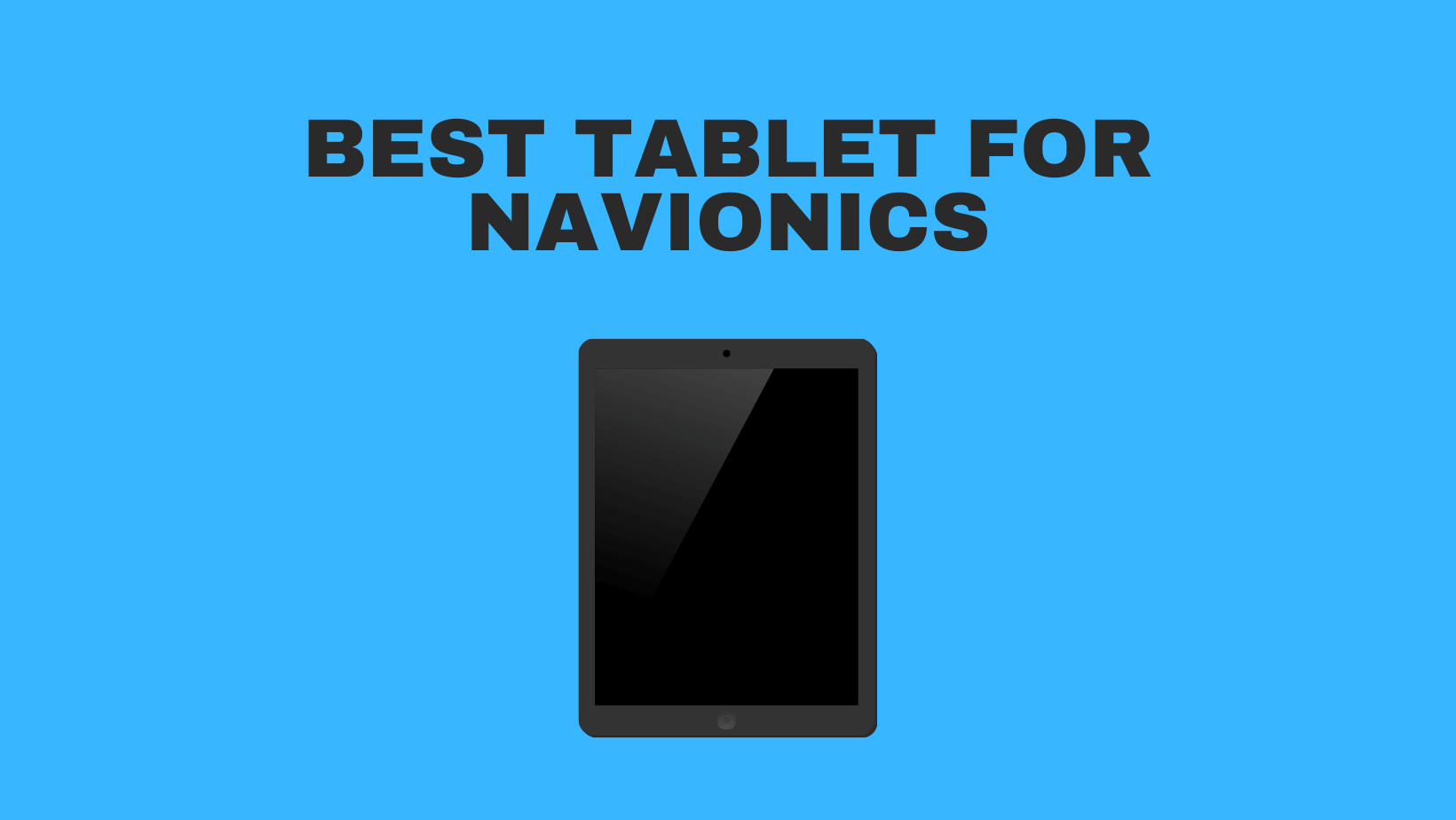The last decade has seen a major shift in navigation, with the introduction of affordable small radar systems capable of displaying significant amounts of data about what is ahead. The Best Tablet For Navionics have evolved to the extent that they are now being used for coastal passage planning services.
However, developments have not stopped there and there are now many excellent marine charting packages available, both for home computers and more recently on tablet PCs. Whilst most experienced navigators will stick with paper maps – or even just their own knowledge – these new technologies are becoming extremely popular amongst casual cruisers as well as those who make longer passages.
The beauty of electronic charts is that they offer scaleable information about harbours, dangers etc., which can be up on demand by simply tapping on the screen.
Echosounder information can be displayed, along with AIS data, all of which is available on the excellent BSB charts now found on these tablet PCs.
The problem with some smaller tablets is that they do not have sufficiently high resolution to handle this digital data effectively or even to provide a smoothly scrolled image – but many larger Android-based devices are more than up to the job.
Best Tablet For Navionics 2022
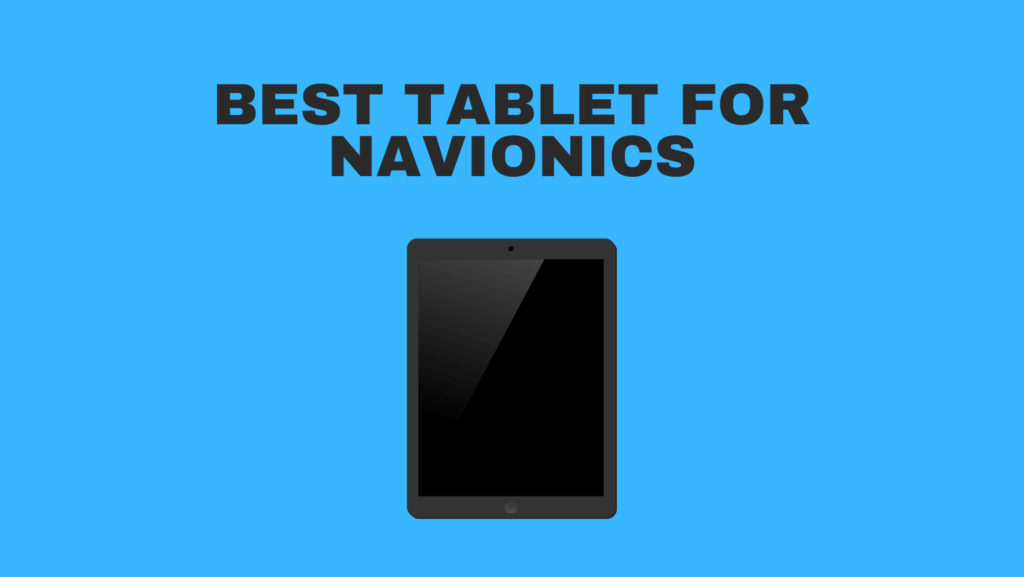
1. Toshiba Excite Pro
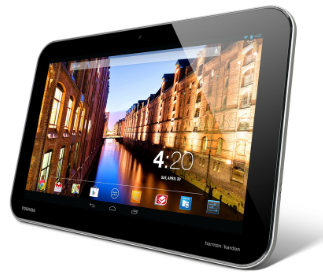
This measures 25mm thick and weighs 703g, which is a little on the porky side compared to some other models, but less so than its smaller stablemate the Excite 10.1 – although it has twice as much RAM at 2GB. It’s powered by the Nvidia Tegra 4 CPU with four 1.8GHz cores plus 12 GPU cores, making it an extremely fast performer for running demanding applications such as BSB charts.
The device also comes with 32GB of storage space plus a microSD card slot for easy expansion if required. Battery life is not quite as long as some other Android tablets, but it should still provide enough power for a full day’s cruising.
Pros:
- High resolution screen for smooth BSB chart display, plenty of RAM and fast processor.
Cons:
- Bulkier than some other large-screen tablets.
2. Samsung Galaxy Tab S 10.5
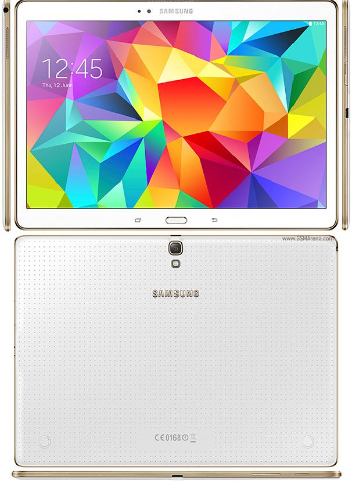
One of the lightest high-resolution Android tablets at just 465g, this is thinner than the competition at only 6mm – although it is wider due to its 16:10 aspect ratio display. This extra girth does give you a larger keyboard area when using the bundled active stylus for writing notes or marking up charts, which makes it an excellent choice for anyone who needs to take handwritten notes as well as use electronic charts. Like most Samsung devices
it comes with 16GB of storage plus a microSD card slot, which should be enough for most users. It runs on the octa-core Exynos 5 processor clocked at 1.9GHz with 3GB of RAM memory, and an unusually large 9,000mAh battery – good for 10 hours between charges.
Pros:
- High resolution screen like the Excite Pro for smooth BSB chart display; includes stylus; big battery capacity.
Cons:
- Slightly heavier than the Toshiba; only has 8 cores (although more than needed) but no expandable storage space.
3. Samsung Galaxy Note 10.1
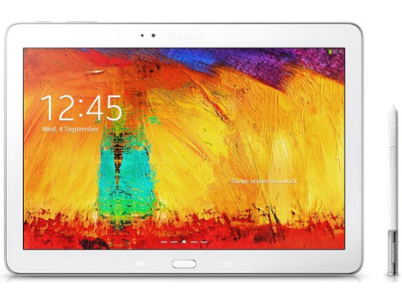
This has probably one of the best displays out of all the tablets here at 2560 x 1600 resolution – although it does come with a hefty pricetag of £475 inc VAT. This device is powered by an octa-core Qualcomm Snapdragon CPU (1.9GHz Quadcore + 1.3GHz Quadcore) and Adreno 320 GPU, together with 3GB RAM memory.
It comes with 32GB storage space plus a microSD card slot for easy expansion, and has a 9500mAh battery that should give you around 10 hours of usage depending on screen brightness settings before needing a recharge. Like other Samsung devices it has the S Pen stylus included, which fits into a hole in the bodywork when not being used – or can be stowed away in a special slot on the side of the device.
Pros:
- Big screen with very high resolution.
- stylus included.
- long battery life.
Cons:
- It is Expensive.
4. ASUS Transformer Pad TF701 t
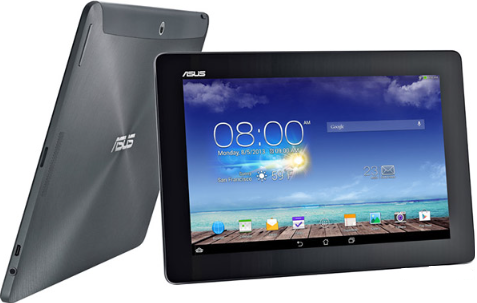
This is another top-spec tablet offering ultra-high resolution on its 10.1in IPS display, but it’s also one of the most expensive Android tablets – £469 inc VAT at Amazon for this 32GB model, although you can get cheaper deals elsewhere on the web.
The Asus has an Nvidia Tegra 4 T40X dual-core processor clocked at 1.8GHz plus 12 GPU cores, 2GB RAM memory and a generous 11,000mAh battery that should give up to 18 hours usage time depending on screen brightness.
It comes with 32GB of storage space plus a microSD card slot for easy expansion, and the tablet is so thin at only 8.3mm it can be held comfortably in one hand.
Pros:
- Ultra-high resolution screen; long battery life; includes stylus.
Cons:
- Expensive; only has two cores (although overkill) and no expandable storage space.
5. Fujitsu Stylistic M532 t
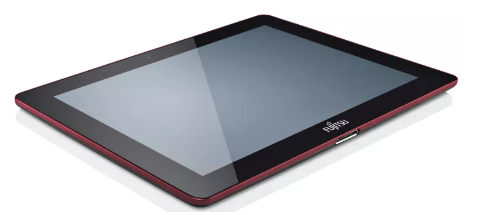
This Android 4.2 tablet is powered by an Intel Atom Z3745 quad-core processor clocked at 1.86GHz with 2GB RAM memory – not as fast as some other devices on test here (except the Asus TF701), but still more than fast enough for most operations, with a good graphics performance too.
It runs off the largely unmodified version of Android 4.2.2 (Jelly Bean), and has 32GB of storage space plus a microSD card slot for easy expansion – although there is no GPS facility on board to add satellite navigation functionality like you get in some other tablets here.
The tablet has front and rear-facing webcams, and comes with Windows 7 Professional installed as well as Office 2013, making it an excellent choice if you want to run specialist business software while cruising (although I’d recommend upgrading to Windows 8 if available).
Pros:
- Good price.
- large screen.
- long battery life.
- Includes stylus.
- Fast processor and plenty of RAM memory.
- Twin cameras.
Cons:
- Only 16GB storage memory.
- No GPS.
6. Samsung Galaxy Note 8
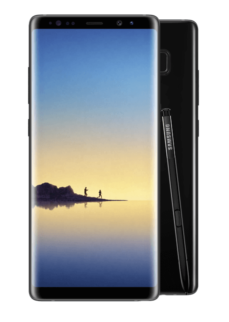
This tablet has a unique selling point over the others here by including an S Pen stylus for writing and drawing on screen, as well as using handwriting recognition to take notes during your trips.
The device is powered by a 1.6GHz quad-core processor with 2GB RAM memory and 16GB of storage space plus a microSD card slot for easy expansion – although there’s no GPS facility included so you can’t add satellite navigation like you get in some other tablets here (although this isn’t really much of a loss since Android doesn’t yet support-by-turn directions). It has both front and rear-facing webcams, and Android 4.2 (Jelly Bean) is installed.
Pros:
- Includes S Pen with handwriting recognition.
- Expandable memory.
Cons:
- Only 16GB storage memory.
- No GPS.
7. Acer Iconia W4

This is another Windows 8 tablet that’s available in 32GB and 64GB memory options, with 3GB RAM memory included on the latter £400+ models. It has a 10.1in IPS display with 1,366×768-pixel resolution, which isn’t quite as high-res as several rivals here – but still perfectly fine for most applications where you don’t want to get too close to your screen. It runs off an Intel Atom Z3745 quad-core processor clocked at 1.86GHz plus 2GB of RAM memory – so is about as fast as the Asus TF701 (albeit with not quite such nice graphics).
The tablet comes with both front and rear webcams, and has a microSD card slot for easy expansion. Windows 8 is installed as standard, with a full version of Office 2013 included too.
Pros:
- Large screen.
- Includes stylus.
- High-res display.
Cons:
- Expensive for an Android tablet.
- bulky and heavy compared to tablets with similar screen sizes.
8. Lenovo ThinkPad Tablet 2

This is a thin and light Windows 8 tablet that’s available in 32GB or 64GB memory options. It runs off an Intel Atom Z2760 dual-core processor clocked at 1.8GHz with 2GB RAM memory – so while not as fast as some other tablets here, it should be adequate for most purposes, although the graphics performance isn’t great either.
It has a 10in IPS display with a high 1920×1200-pixel resolution (although only 300-nits brightness) – which is excellent for photos and videos – along with twin cameras (front and rear), microSD card slot for easy expansion and full version of Office 2013 included.
Pros:
- Long battery life.
- Fast processor and plenty of RAM memory.
Cons:
- Not as fast or powerful as some rivals.
Conclusion:
If you want to go for Best Tablet For Navionics, then my own personal pick of this selection would be the Samsung Galaxy Note 8.0 for the reasons discussed above. Second choice would probably be either the Asus tablet or Lenovo ThinkPad – but if price is more important than performance or style, then my least favorite of all these devices is the Acer Iconia W4 simply because it has poor build quality and is disappointing in most other respects too.
Having said that however, if value rather than top specs are your priority then you can’t go far wrong with either of these two tablets – which both represent decent value even though they don’t quite match up to their higher-priced rivals here.
